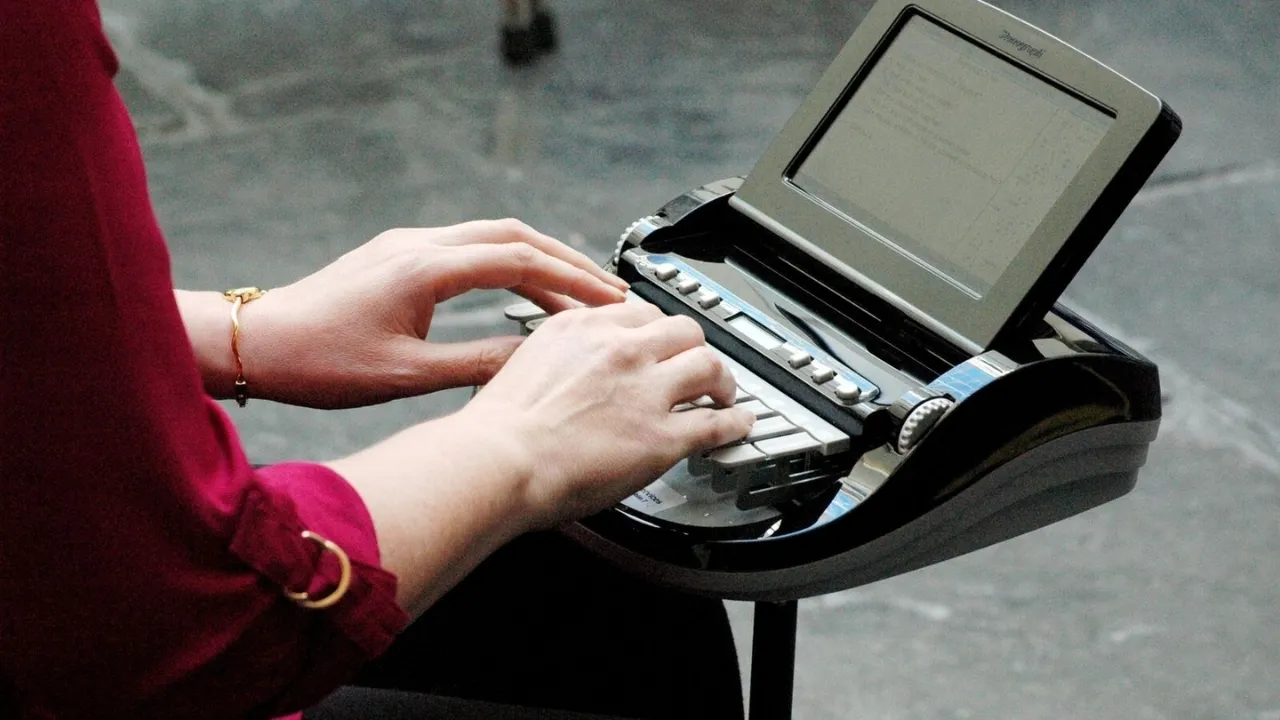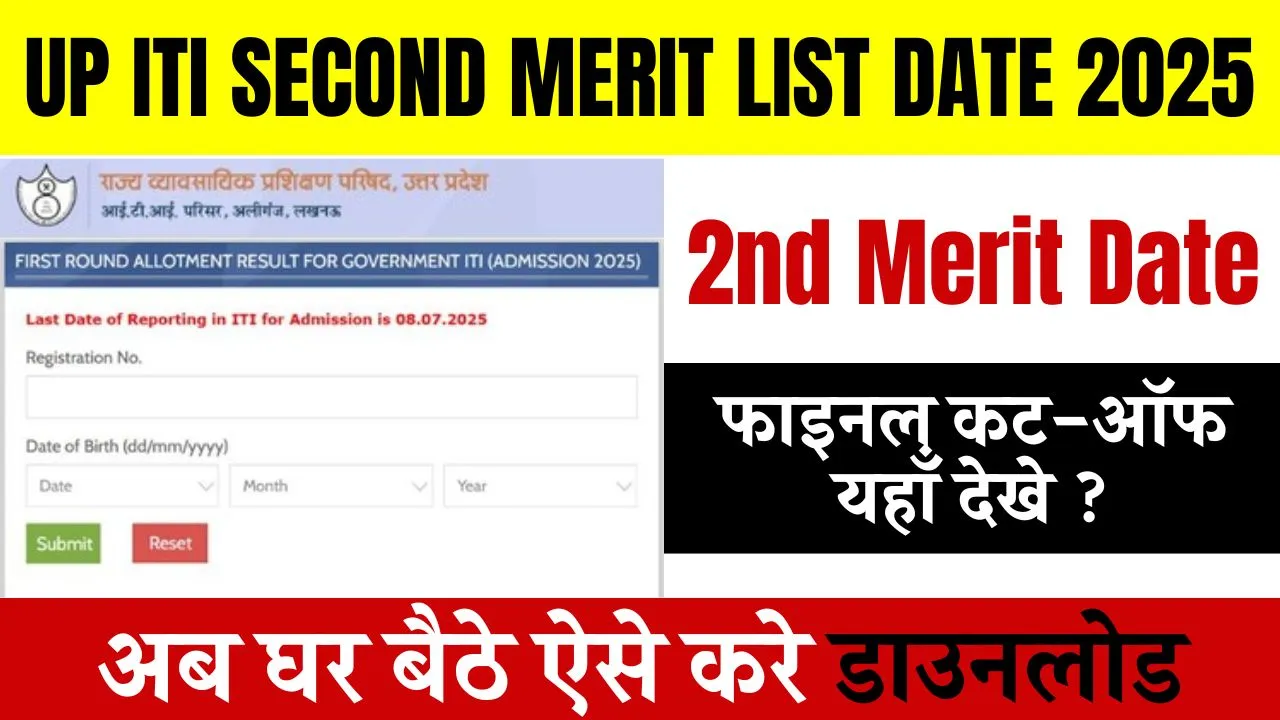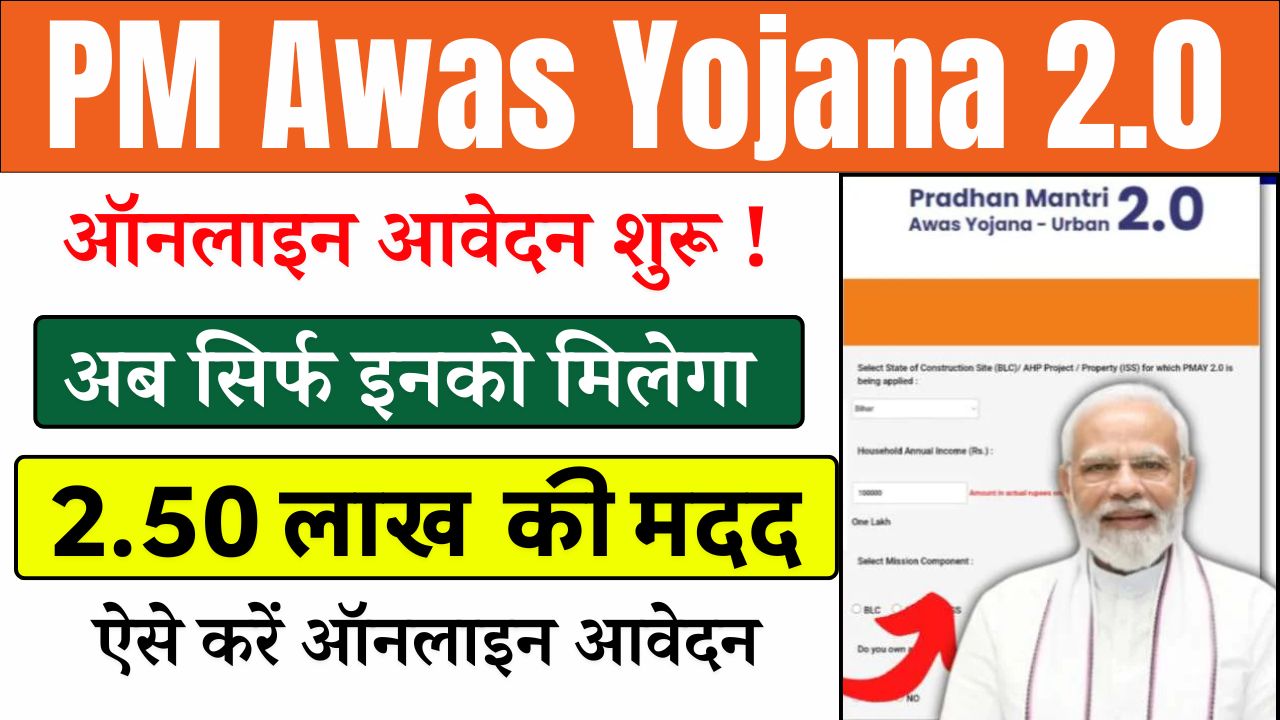Stenographer Grade‑III: The Stenographer Grade‑III examination is not just about clearing a written test—it’s a practical skill challenge that requires precision, speed, and endurance. Whether you’re applying for court clerkships, government typing jobs, or secretarial positions, excelling in shorthand and typing is your gateway to success. Unlike theoretical exams, this test measures your real-time efficiency under pressure.
This guide explores how to master shorthand and typing for the Stenographer Grade‑III test. It includes exercises, daily routines, typing drills, and expert tips designed to increase both speed and accuracy. By combining structured training with proven strategies, you can boost your performance and approach the exam with full confidence.
Stenographer Grade‑III — A Daily Practice Approach for Speed and Accuracy
To excel in the Stenographer Grade‑III test, you need to focus on consistent improvement in shorthand note-taking and transcription accuracy. The test often demands shorthand speed of 80 to 100 words per minute and typing speed of at least 30 to 40 words per minute with 95% accuracy. Building these skills requires more than casual practice. Structured dictation drills, transcription accuracy tests, posture correction, and fatigue management are all key components. The right preparation plan can help even beginners steadily advance toward exam readiness while maintaining confidence and clarity.
Overview Table: Core Preparation Plan
| Focus Area | Daily Goals | Tools Required |
| Shorthand Speed | 80 to 100 wpm dictation sessions | Audio dictation files, notepad |
| Transcription Accuracy | 95%+ accuracy in converting shorthand | Timer, longhand writing pad |
| Typing Speed | 30 to 40 wpm | Typing software, ergonomic keyboard |
| Simulation Practice | Complete mock test under timed setting | Stopwatch, test paper, quiet space |
1. Strengthening Shorthand Foundations
Start your shorthand journey by revisiting the basics. Choose a system like Pitman or Gregg and commit to it fully. Consistency is key.
Daily practice tips:
- Master 30–50 outlines each day for common words and phrases.
- Begin with 60–70 wpm dictations and slowly increase to 100 wpm.
- Focus on clarity rather than speed at the early stages.
- Repeat difficult outlines three times for better muscle memory.
Suggested practice material:
- News bulletins and courtroom dialogues are excellent dictation sources.
- Use audio recordings of previous years’ tests or apps that simulate voice pacing.
2. Effective Transcription Techniques
Transcription tests how well you convert shorthand into readable longhand without distortion. Speed means nothing without clarity.
Key strategies:
- Immediately transcribe your notes after dictation to test memory and clarity.
- Use paragraph breaks and punctuation to keep your text structured.
- Develop shorthand ‘phrasing’—bundles of common word patterns—for quick writing.
Tips for improvement:
- Mark unclear symbols and rewrite them in correct form.
- Read aloud your transcription to check for context and sentence flow.
- Maintain a personal glossary of confusing outlines for quick reference.
3. Enhancing Typing Speed and Accuracy
Typing is where you score marks visibly. Errors and poor formatting can lead to significant penalties, even with decent speed.
Typing drills that work:
- Start with finger-position exercises on the home row.
- Use online platforms like TypingClub or Ratatype to track WPM and accuracy.
- Practice typing from handwritten or shorthand notes to simulate test pressure.
Accuracy before speed:
- Typing at 40 wpm with 98% accuracy is better than 55 wpm with 85% accuracy.
- Focus on error-free passages and gradually increase speed.
4. Full-Length Mock Test Strategy
Simulating the full Stenographer Grade‑III test at least once per week will give you an edge. These sessions prepare your brain and body for the real test environment.
Mock test setup:
- Start with a 10-minute dictation at 80–100 wpm.
- Take a 3-minute break.
- Follow up with a 10-minute typing session from your shorthand notes.
- Analyze your errors and adjust the next day’s practice accordingly.
Environmental tips:
- Sit upright with wrist support to avoid strain.
- Use a keyboard with good tactile feedback.
- Practice in a quiet room to improve focus and mimic exam conditions.
5. Building Long-Term Discipline and Progress
Like any physical skill, shorthand and typing improve with time. But to grow consistently, you must track your performance and build discipline.
Daily practice routine:
- Morning: 15 minutes shorthand outline revision + 10 minutes dictation
- Afternoon: 20 minutes transcription + 10 minutes review
- Evening: 20 minutes typing test + error correction
Weekly checkpoints:
- Review your shorthand speed progress.
- Check typing stats (WPM and error rate).
- Identify new difficult words or patterns.
- Test under higher pressure or time constraints each week.
6. Tools and Resources for Excellence
Shorthand and typing materials:
- Books: “Pitman Shorthand Instructor,” “Gregg Shorthand Manual”
- Apps: SpeedWrite, Shorthand Dictation
- Websites: 10FastFingers, Typing.com
- Equipment: Noise-canceling headphones, ergonomic keyboard, ruled shorthand pad
Utilize audio dictations from legal documents, court proceedings, or parliamentary debates to improve comprehension and pacing.
7. Mistakes to Avoid in Stenographer Test Preparation
| Common Mistake | How to Avoid |
| Focusing only on speed | Balance with accuracy and clarity |
| Skipping error analysis | Always review and fix recurring mistakes |
| Inconsistent shorthand system | Stick to one shorthand method |
| Practicing without feedback | Join peer groups or use auto-correction tools |
| Ignoring hand and eye strain | Take regular breaks and use ergonomic setups |
FAQs
1. What is the expected shorthand speed for Stenographer Grade‑III?
Usually between 80 and 100 words per minute, depending on the recruiting body.
2. How much typing speed is required?
Typing speed should be at least 30–40 wpm, with 95% or higher accuracy.
3. How often should I do mock tests?
Ideally once or twice a week, increasing frequency as the exam approaches.
4. Which is the best shorthand system to use?
Both Pitman and Gregg are widely accepted. Choose one and stay consistent.
5. Can I pass if my shorthand is fast but typing is poor?
No. Both skills are equally important. Scoring well in both sections is essential for selection.
Final Thought & Call to Action
Achieving success in the Stenographer Grade‑III exam is not just about talent—it’s about consistent, smart preparation. With the right shorthand techniques, reliable typing skills, and disciplined practice, you can confidently walk into the exam hall knowing you’re ready.
Start today by setting a clear weekly plan. Pick one shorthand speed to master, commit to daily typing drills, and take your first mock test by the weekend. Your goal is not just to pass—but to stand out. The journey starts with your next practice session. Get started now, and make your success inevitable.















